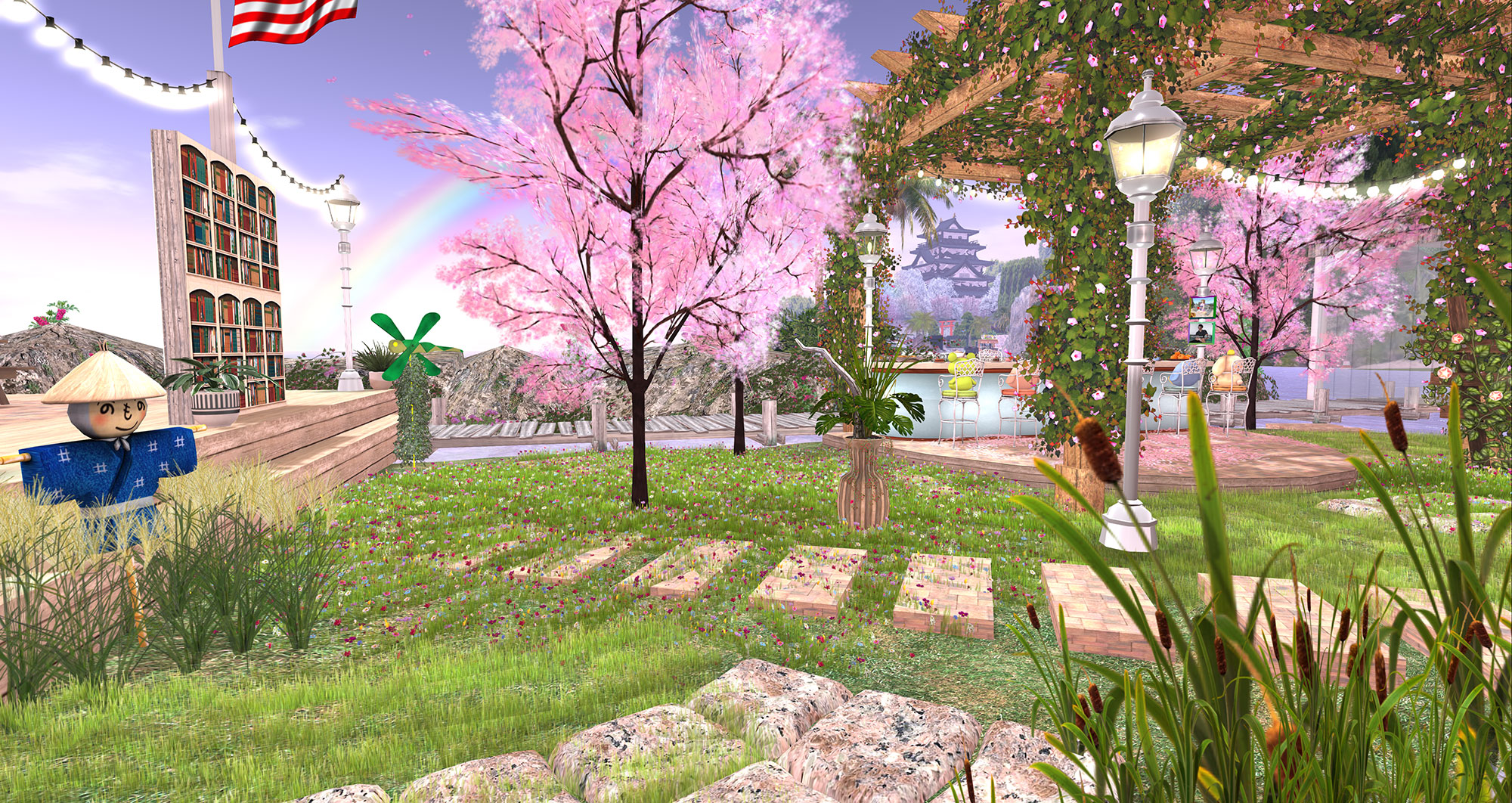The ね sentence ending particle is a very common and versatile particle used in Japanese. It is used to express a variety of things including seeking agreement, confirmation, or understanding. Here are some examples of how the ね particle is used:
Seeking Agreement:
One of the most common uses of the ね particle is to seek agreement or confirmation from the listener. It can be used in a statement to turn it into a question, seeking agreement or confirmation. For example:
今日は暑いね。(Kyou wa atsui ne.)
It’s hot today, isn’t it?この店のラーメンは美味しいね。(Kono mise no raamen wa oishii ne.)
This restaurant’s ramen is delicious, isn’t it?
Seeking Understanding:
The ね particle can also be used to seek understanding from the listener, similar to “you know” or “you see” in English. For example:
日本語は難しいね。(Nihongo wa muzukashii ne.)
Japanese is difficult, you know.あの人はまだ来ていないね。(Ano hito wa mada kite inai ne.)
That person still hasn’t come, you see.
Softening a Statement:
The ね particle can also be used to soften a statement, making it sound more friendly and approachable. It is often used in conversations between friends or people with close relationships. For example:
あのね、聞いてくれる?(Ano ne, kiite kureru?)
Hey, can you listen to me?
Expressing Empathy:
The ね particle can also be used to express empathy towards the listener. It is often used to show that the speaker understands how the listener feels. For example:
体調が悪いね、大丈夫?(Taichou ga warui ne, daijoubu?)
You don’t look so good, are you okay?大変だったね、心配したよ。(Taihen datta ne, shinpai shita yo.)
That must have been tough, I was worried about you.
In conclusion, the ね particle is a versatile particle used in Japanese to seek agreement or confirmation, seek understanding, soften a statement, and express empathy towards the listener. Its usage can vary depending on the context and relationship between the speaker and listener.

